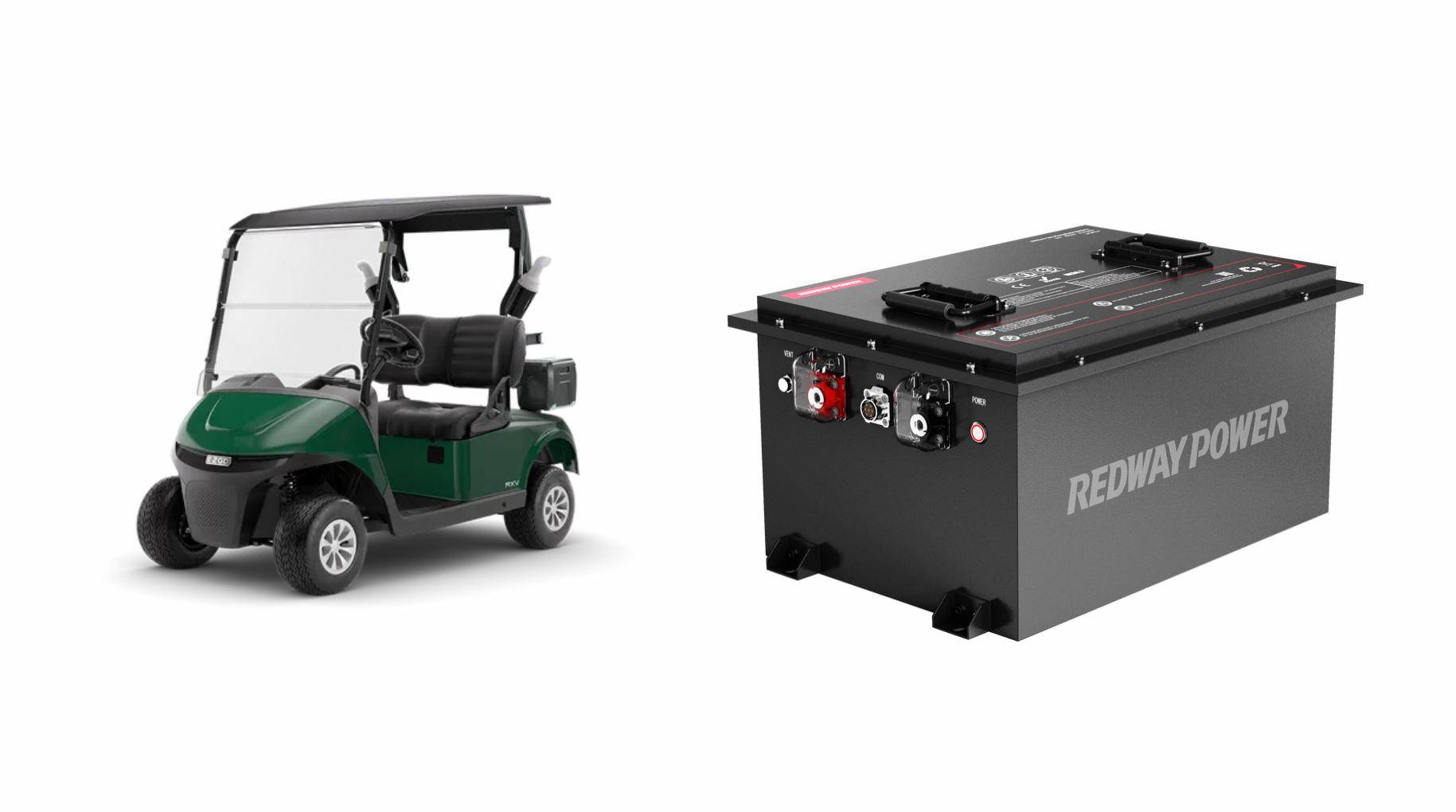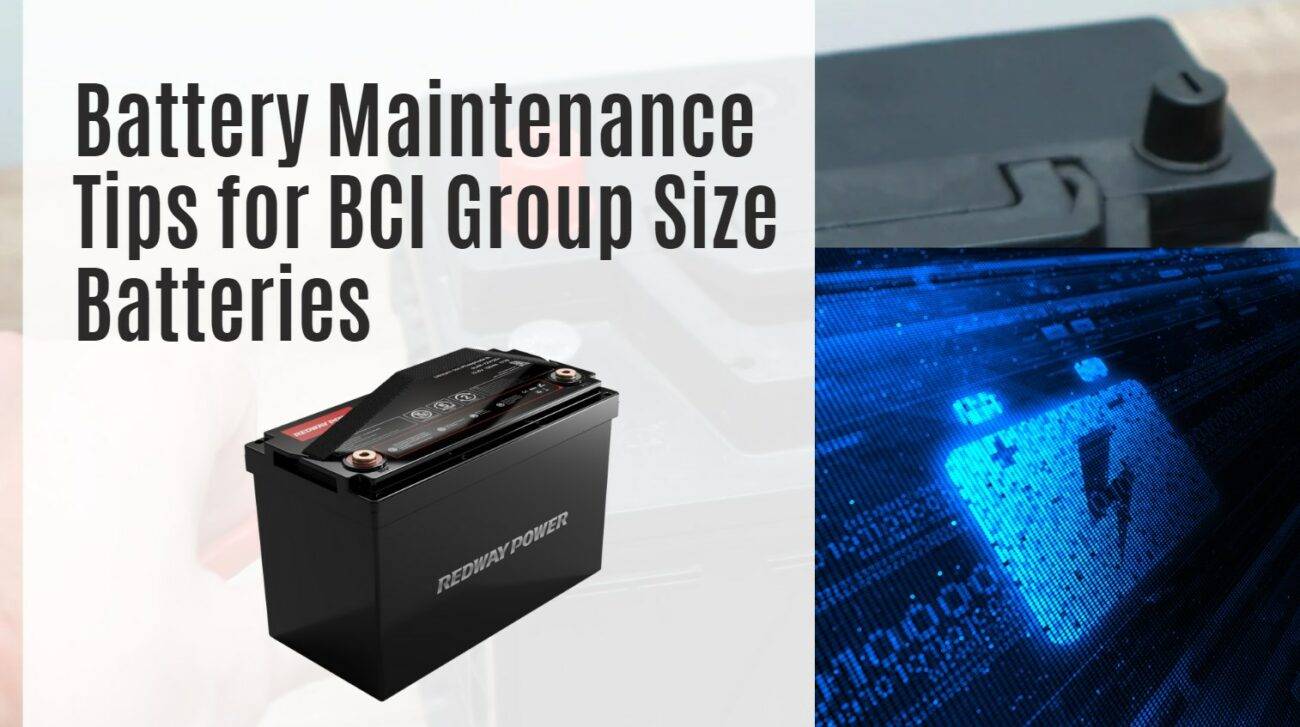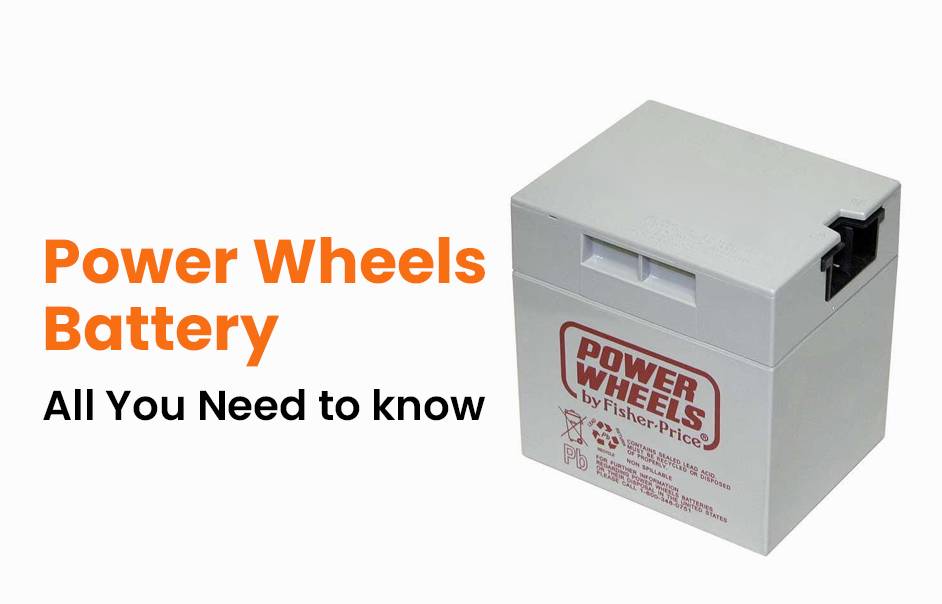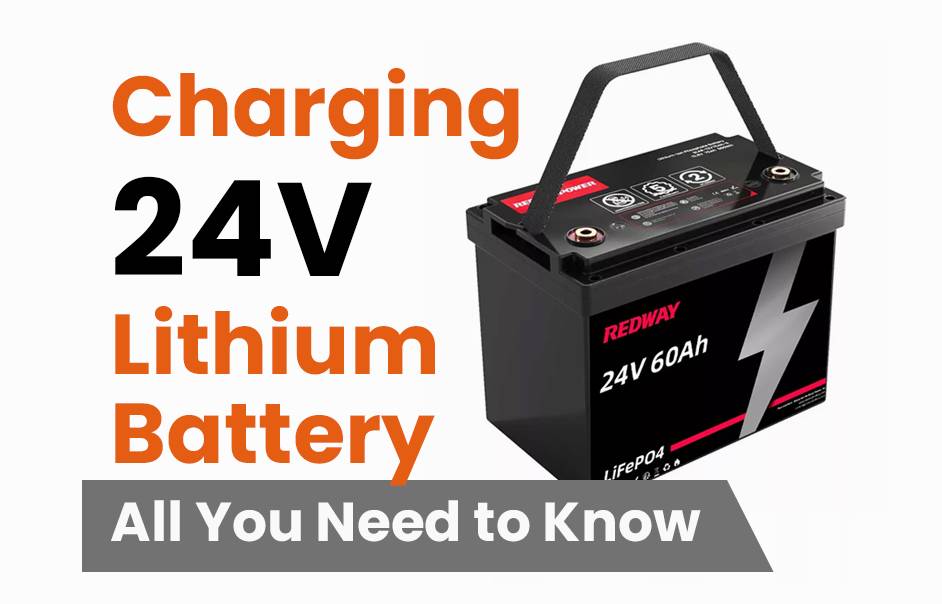- Forklift Lithium Battery
-
48V
- 48V 210Ah
- 48V 300Ah
- 48V 420Ah (949 x 349 x 569 mm)
- 48V 420Ah (950 x 421 x 450 mm)
- 48V 456Ah
- 48V 460Ah (830 x 630 x 590 mm)
- 48V 460Ah (950 x 421 x 450 mm)
- 48V 460Ah (800 x 630 x 600 mm)
- 48V 460Ah (820 x 660 x 470 mm)
- 48V 500Ah
- 48V 560Ah (810 x 630 x 600 mm)
- 48V 560Ah (950 x 592 x 450 mm)
- 48V 600Ah
- 48V 630Ah
-
48V
- Lithium Golf Cart Battery
- 12V Lithium Battery
12V 150Ah Lithium RV Battery
Bluetooth App | BCI Group 31
LiFePO4 Lithium
Discharge Temperature -20°C ~ 65°C
Fast Charger 14.6V 50A
Solar MPPT Charging - 24V Lithium Battery
- 36V Lithium Battery
- 48V Lithium Battery
-
48V LiFePO4 Battery
- 48V 50Ah
- 48V 50Ah (for Golf Carts)
- 48V 60Ah (8D)
- 48V 100Ah (8D)
- 48V 100Ah
- 48V 100Ah (Discharge 100A for Golf Carts)
- 48V 100Ah (Discharge 150A for Golf Carts)
- 48V 100Ah (Discharge 200A for Golf Carts)
- 48V 150Ah (for Golf Carts)
- 48V 160Ah (Discharge 100A for Golf Carts)
- 48V 160Ah (Discharge 160A for Golf Carts)
-
48V LiFePO4 Battery
- 60V Lithium Battery
-
60V LiFePO4 Battery
- 60V 20Ah
- 60V 30Ah
- 60V 50Ah
- 60V 50Ah (Small Size / Side Terminal)
- 60V 100Ah (for Electric Motocycle, Electric Scooter, LSV, AGV)
- 60V 100Ah (for Forklift, AGV, Electric Scooter, Sweeper)
- 60V 150Ah (E-Motocycle / E-Scooter / E-Tricycle / Tour LSV)
- 60V 200Ah (for Forklift, AGV, Electric Scooter, Sweeper)
-
60V LiFePO4 Battery
- 72V~96V Lithium Battery
- Rack-mounted Lithium Battery
- E-Bike Battery
- All-in-One Home-ESS
- Wall-mount Battery ESS
-
Home-ESS Lithium Battery PowerWall
- 24V 100Ah 2.4kWh PW24100-S PowerWall
- 48V 50Ah 2.4kWh PW4850-S PowerWall
- 48V 50Ah 2.56kWh PW5150-S PowerWall
- 48V 100Ah 5.12kWh PW51100-F PowerWall (IP65)
- 48V 100Ah 5.12kWh PW51100-S PowerWall
- 48V 100Ah 5.12kWh PW51100-H PowerWall
- 48V 200Ah 10kWh PW51200-H PowerWall
- 48V 300Ah 15kWh PW51300-H PowerWall
PowerWall 51.2V 100Ah LiFePO4 Lithium Battery
Highly popular in Asia and Eastern Europe.
CE Certification | Home-ESS -
Home-ESS Lithium Battery PowerWall
- Portable Power Stations
Can You Use 6V Batteries in a 48V Golf Cart? A Comprehensive Guide

Using 6-volt batteries in a 48-volt golf cart is a practical solution that many golf cart owners consider. By connecting eight 6-volt batteries in series, you can achieve the necessary voltage to power your golf cart effectively. This guide will provide detailed insights into battery configuration, maintenance, and safety considerations.
What Is the Configuration for Using 6V Batteries in a 48V Golf Cart?
To use 6-volt batteries in a 48-volt golf cart, you need to connect eight batteries in series. This means linking the positive terminal of one battery to the negative terminal of the next. This configuration allows you to combine their voltages, resulting in a total output of 48 volts, which is suitable for most golf carts.
| Battery Type | Voltage per Battery | Total Batteries | Total Voltage |
|---|---|---|---|
| 6-Volt | 6V | 8 | 48V |
How Many 6V Batteries Do You Need to Make 48V?
To achieve 48 volts, you will need eight 6-volt batteries. Each battery contributes 6 volts, and by connecting them in series, their voltages add up. This setup is common among golf cart users who prefer using 6-volt batteries due to their availability and performance characteristics.
Using 12v Batteries in a 48v Golf Cart, instead of 8 / 6 volt battery – Yamaha g19 (and others!)
How Does Series Connection Work for Golf Cart Batteries?
A series connection involves connecting batteries so that the positive terminal of one battery connects to the negative terminal of another. In this arrangement, while the voltage increases, the amp-hour (Ah) capacity remains constant. For example, if each 6-volt battery has a capacity of 220Ah, your entire system will also be rated at 220Ah at 48 volts.
| Connection Type | Voltage Increase | Capacity (Ah) |
|---|---|---|
| Series | Yes | No change |
What Are the Capacity Considerations When Using 6V Batteries?
When using eight 6-volt batteries, you typically achieve higher capacity compared to fewer higher-voltage batteries. For instance, if each battery has a capacity of 220Ah, your overall system will maintain this capacity at 48 volts, allowing for longer usage times between charges and better performance on inclines.
| Battery Capacity | Total Capacity at 48V |
|---|---|
| 220Ah | 220Ah |
Why Should You Consider Maintenance for Your Battery Setup?
Regular maintenance is essential when using multiple batteries to ensure longevity and optimal performance. Maintenance tasks include:
- Checking water levels (for flooded lead-acid batteries).
- Cleaning terminals.
- Ensuring proper charge cycles.
Neglecting these tasks can lead to uneven discharge rates and reduced overall battery life.
What Are the Risks of Using Incorrect Battery Voltages in a Golf Cart?
Using incorrect battery voltages can lead to several issues:
- Voltage Drops: Insufficient power delivery can affect performance.
- Overheating: Mismatched batteries may cause excessive heat.
- Shortened Lifespan: Incorrect configurations can lead to premature battery failure.
Ensuring that all batteries are of the same type and voltage is crucial to prevent these problems.
How to Properly Connect 6V Batteries for a 48V System?
To connect your 8 6-volt batteries correctly:
- Start with all batteries placed securely.
- Connect the positive terminal of the first battery to the negative terminal of the second battery.
- Continue this pattern until all eight batteries are connected.
- The last remaining positive and negative terminals will provide your 48 volts.
Following this method ensures that your golf cart operates efficiently without risking damage to any components.
What Safety Precautions Should You Take When Handling Batteries?
When working with batteries, safety is paramount. Here are some precautions:
- Always wear protective gear such as gloves and goggles.
- Ensure proper ventilation when charging or working with batteries.
- Keep tools and metal objects away from battery terminals to avoid short circuits.
By following these safety measures, you can minimize risks associated with battery handling.
Latest News: Industrial News
Recent advancements in golf cart technology have highlighted improvements in battery systems, particularly regarding lithium-ion options that offer lighter weight and longer lifespans compared to traditional lead-acid batteries. Manufacturers are increasingly focusing on enhancing energy efficiency and reducing maintenance needs, making electric golf carts more appealing for consumers looking for sustainable transportation solutions on golf courses and beyond.
Redway Power Expert Views
“Switching from lead-acid to lithium-ion batteries can significantly enhance your golf cart’s performance,” states John Doe, an expert at Redway Power. “Lithium options not only reduce weight but also require less maintenance while providing superior power delivery. As technology advances, we expect more users will make this switch for better efficiency.”
Conclusion
Choosing the right battery configuration for your 48V golf cart is crucial for ensuring optimal performance and longevity. While it is possible to use 6V, 8V, or even 12V batteries, understanding the benefits and drawbacks of each option will guide you to make an informed decision. Six-volt batteries, despite requiring more individual units, offer superior capacity, durability, and consistent performance, making them a preferred choice for many golf cart owners.
For those seeking to optimize their golf cart’s battery system, Redway Power’s custom solutions provide a reliable and efficient way to ensure your vehicle performs at its best.
FAQs
Can I use 12V batteries in a 48V golf cart?
What is the best battery configuration for a golf cart?
How to maintain 6V golf cart batteries?
Differences between 6V, 8V, and 12V golf cart batteries.
How to troubleshoot golf cart battery issues?
Best practices for charging golf cart batteries.
What are the risks of using 6V batteries in a 48V system?
Using 6V batteries in a 48V system risks inadequate voltage, leading to poor performance, reduced runtime, and potential damage to the cart’s electrical components. Insufficient voltage can also cause overheating and shorten battery life.
How do I convert my 48V golf cart to use 6V batteries?
To convert a 48V golf cart to use 6V batteries, connect eight 6V batteries in series. Ensure proper wiring and compatibility with the cart’s electrical system. Consult the owner’s manual for specific instructions and configurations.
What modifications are needed to use 6V batteries in a 48V golf cart?
Modifications include installing eight 6V batteries in series, ensuring proper battery tray fit, and potentially adjusting the charging system. Verify that the cart’s controller can handle the new voltage configuration.
Are there any compatibility issues with 6V batteries in a 48V system?
Yes, compatibility issues may arise with the charging system, motor controller, and existing wiring. Ensure that all components can handle the lower voltage to prevent malfunction or damage to the golf cart.
How does the performance of a 48V system change with 6V batteries?
Using 6V batteries may reduce overall performance due to lower amp-hour capacity and insufficient power delivery. This can lead to decreased speed, shorter runtime, and poor performance on inclines compared to using appropriate 48V batteries.
Know more:
Can you use 6V batteries in a 48V golf cart?
Yes, you can use 6V batteries in a 48V golf cart by connecting eight 6V batteries in series. This configuration allows the combined voltage to equal 48 volts, which is suitable for powering the golf cart’s electrical system effectively.
How do I connect 6V batteries to achieve 48V?
To achieve 48V using 6V batteries, connect eight batteries in series. Connect the positive terminal of one battery to the negative terminal of the next. Continue this pattern until all batteries are connected, leaving the first battery’s negative terminal and the last battery’s positive terminal available for connection to the cart.
What are the advantages of using 6V batteries in a golf cart?
Using 6V batteries offers several advantages, including higher amp-hour ratings for longer run times and easier maintenance. They are often more affordable and provide better performance in deep-cycle applications compared to fewer higher-voltage batteries, making them a popular choice among golf cart owners.
What maintenance is required for 6V batteries in a golf cart?
Regular maintenance for 6V batteries includes checking and topping off electrolyte levels with distilled water, cleaning terminals to prevent corrosion, and inspecting for any signs of damage. Additionally, perform equalization charges periodically to balance the voltage across all batteries and ensure optimal performance.
Are there any risks associated with using 6V batteries in a 48V system?
While using 6V batteries is feasible, risks include potential voltage drops if connections are poor or if batteries are not properly maintained. Uneven discharge rates can lead to reduced battery life and performance issues, so regular monitoring and maintenance are essential to mitigate these risks.





















